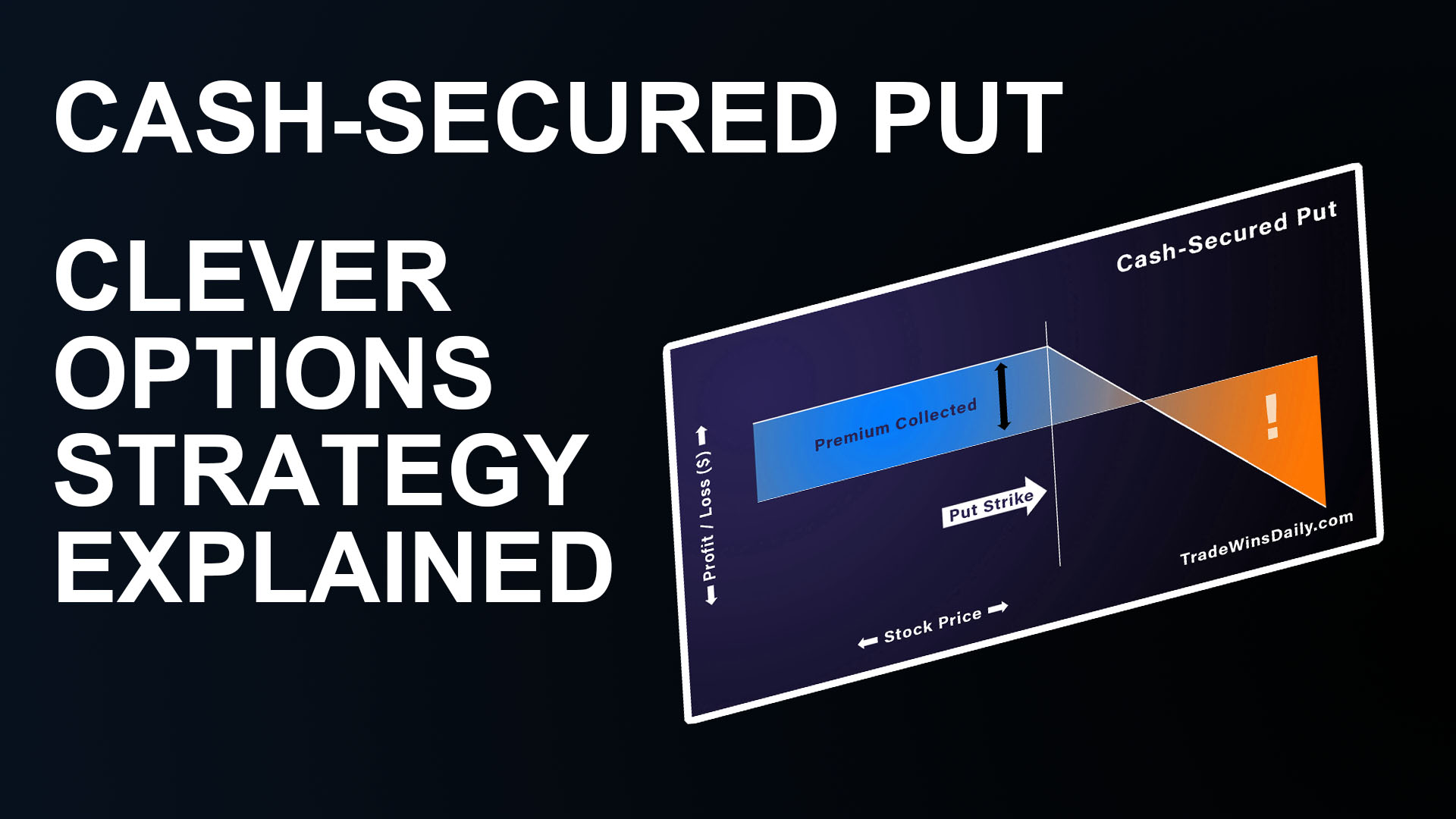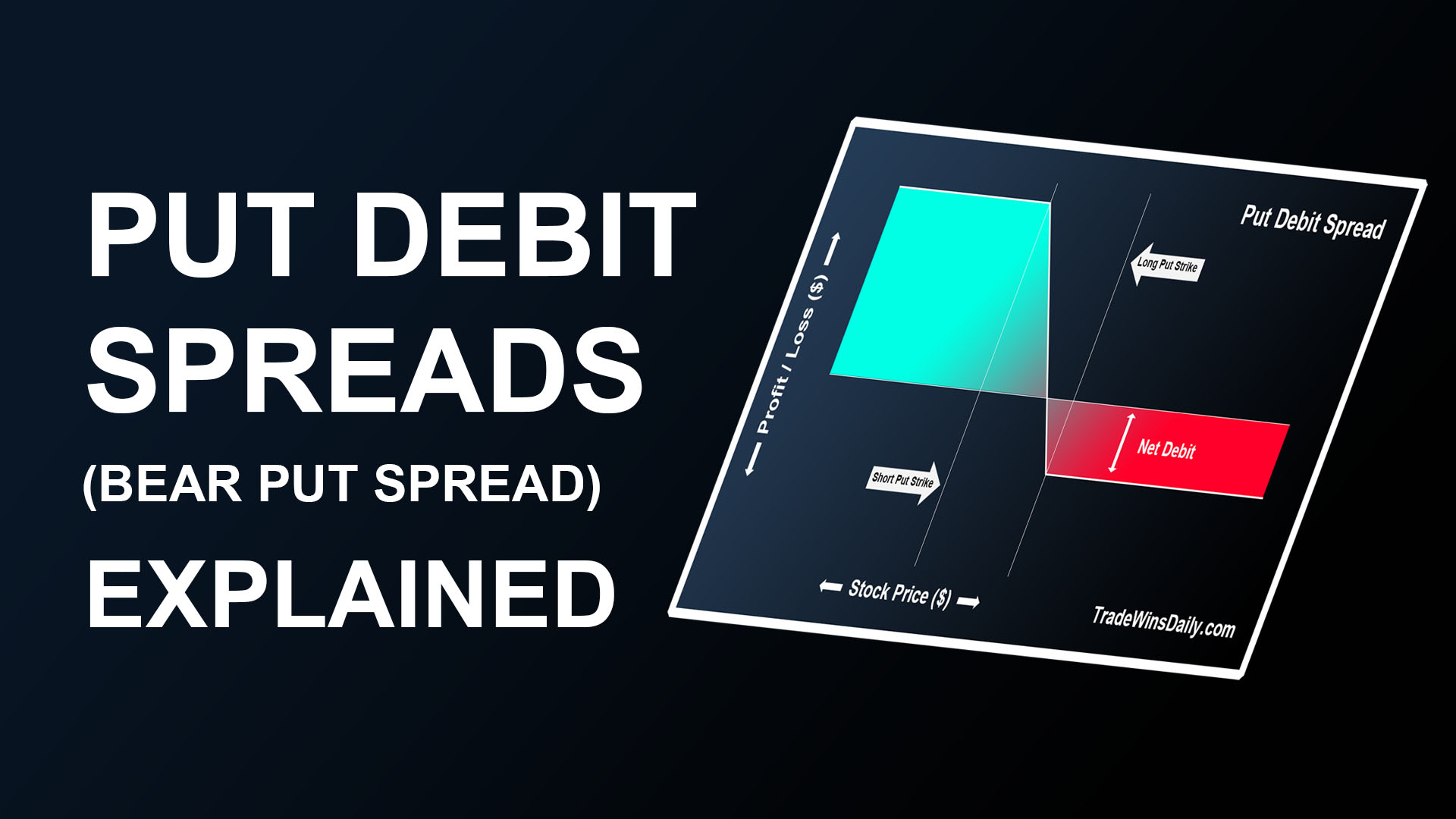What is a Cash-Secured Put?
A cash-secured put is an options strategy with two components: a short put option, and some cash to set aside as collateral. It’s a versatile strategy that can allow you to collect income each month, and also to “name your price” where you’d be happy to purchase shares of a company.
How to Create a Cash-Secured Put
As the name suggests, you can create a cash-secured put by:
- Selling a put option
- Setting aside enough cash to secure your put (100 x the strike price)
If you don’t know what a short put option is, it’s what you create when you sell a put. You can read more about calls and puts here.
Here’s a super quick recap. Selling a put option basically means you’re promising to buy 100 shares of stock for a particular price. Typically, you’ll only be forced to purchase the shares if the price of the underlying stock goes below your strike price.
When would you use this strategy?
Consider selling cash-secured puts if you…
- Want to earn weekly or monthly income
- Have some cash you want to “put to work”
- Want to buy shares at a discount
How to Exit a Cash-Secured Put
Exiting a cash-secured put is simple. Since you sold-to-open a put option to initiate the trade, you can later buy-to-close the option at any point.
Or, you can let the contract expire and one of two things will happen:
- if the option is in-the-money, you’ll purchase 100 shares at the strike price.
- if it’s out of the money, the option will become worthless and exire, and you’ll keep the full profit from selling the put option.
When to Exit
Choosing when to exit a cash-secured put depends on your particular strategy and goals.
Lock in some profit
If the value of the option declines after you sell it, you can always buy-to-close the call option for a cheaper price. This will lock in your profit on the trade, which will be the initial selling price minus what you paid to purchase it back.
Maximize profit
You can maximize your profit on the trade by letting the option expire worthless if it’s not in the money. Because of the nature of time value decay (it’s exponential), the short put rapidly becomes more profitable for you as the expiration date approaches.
Get assigned
This is the other possible outcome on a cash-secured put. If the price of the underlying stock falls below the strike price, there is a strong possibility that you’ll be assigned and have to purchase 100 shares of stock.
It’s best to trade this strategy on a stock you’d like to potentially own, for the right price (the strike price).
If one of your goals is to acquire more stock, cash secured puts can be a great way to make it happen.











Recent Comments